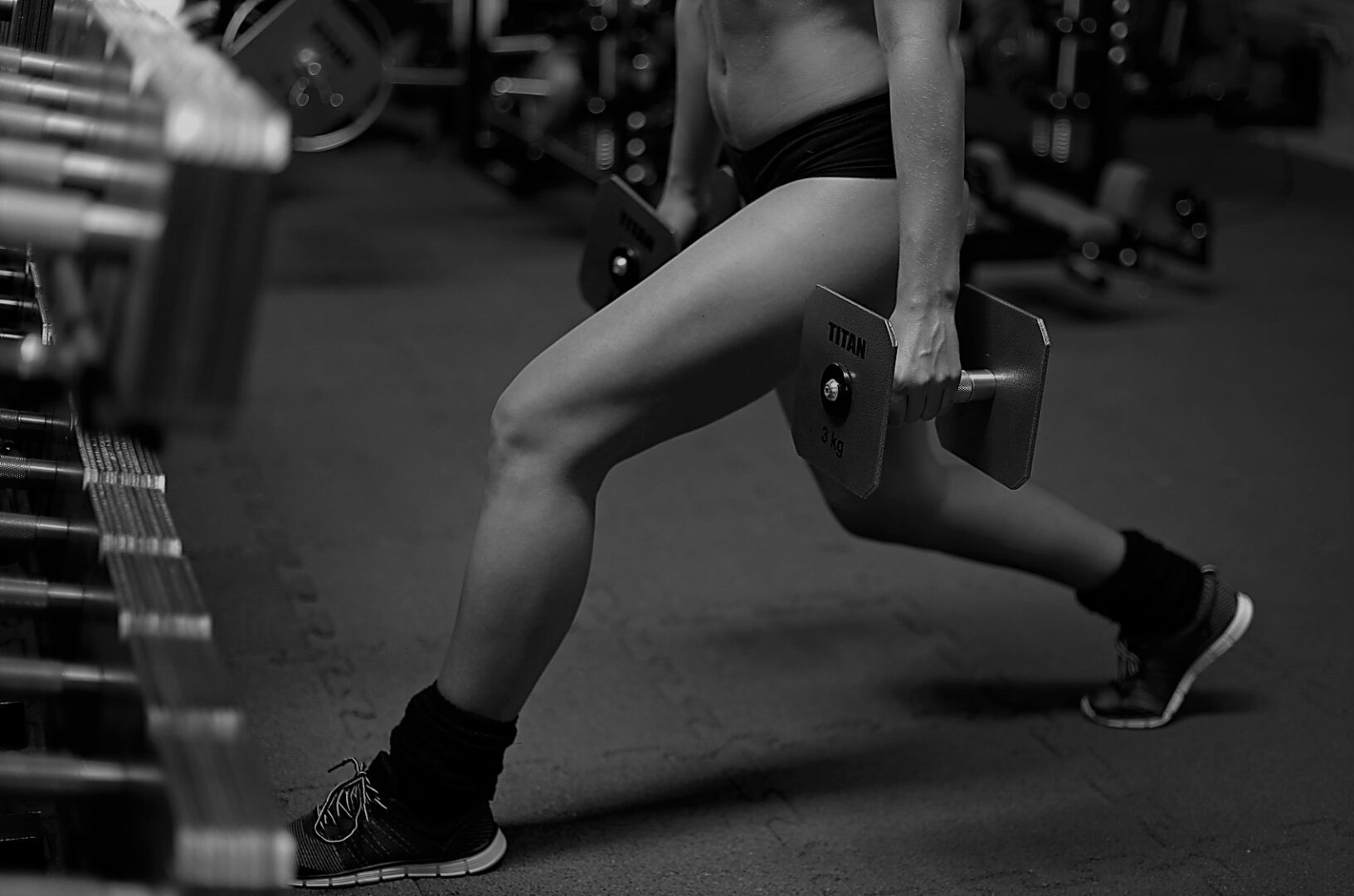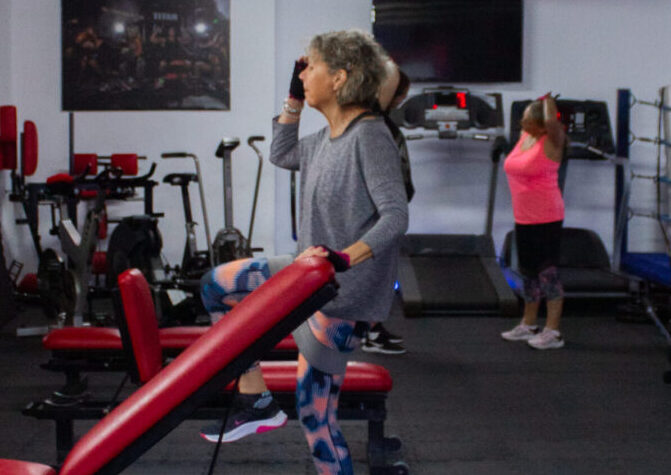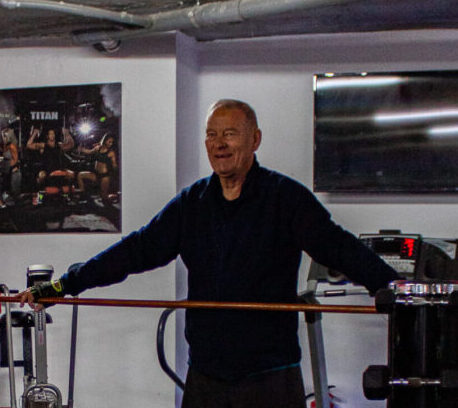When the Scale Became My Student’s Worst Enemy
Last month, I watched one of our most dedicated students, James, nearly walk away from BJJ because of a number on a bathroom scale.
He’d been training with us at Titan Academy for eight months, showing up consistently four times a week, following our nutrition guidance, and making remarkable progress on the mats. But that morning, he stood in my office looking defeated.
“Coach, I’ve gained seven pounds since I started,” he said, staring at his phone where he’d been tracking his weight. “I’m stronger, I feel better, my gi fits differently, but the scale says I’m failing. Maybe I should just quit.”
I knew James wasn’t failing—quite the opposite. His guard retention had transformed from panicked scrambling to controlled patience.
He’d gone from getting submitted in thirty seconds to rolling full rounds with our blue belts. His confidence had grown so much that he’d started helping newer students during fundamentals class.
But his scale was telling a different story, and it was destroying his motivation. That’s when I suggested he try body composition analysis at our Gibraltar facility.
What we discovered changed everything about how he viewed his training—and reminded me why I always tell my students that the scale is just one piece of a much larger puzzle.
Body Composition Analysis: The Day I Learned My Scale Was Lying Too
Let me tell you about my own wake-up call with body composition analysis.
This was about ten years ago, when I was preparing for a major BJJ tournament. I’d been cutting weight the old-fashioned way—eating less, training more, watching the scale obsessively. I thought I was doing everything right because the numbers were dropping.
Three weeks before the competition, I felt terrible. My energy was low, my technique was sloppy, and I was getting tapped by students I usually dominated. A friend suggested I get a body composition analysis to see what was really happening.
The results shocked me. Yes, I’d lost weight, but I’d lost almost as much muscle as fat.
I was literally making myself weaker while trying to get stronger.
That analysis taught me that weight loss and fat loss are completely different things—a lesson I now share with every student who walks through our doors.
From that day forward, I’ve used body composition analysis to guide my own training and help my students understand what’s really happening in their bodies. It’s become one of the most valuable tools we use at Titan Academy.

What Your Body Is Really Telling You
Body composition analysis reveals what’s actually happening beneath your skin when you train BJJ. Instead of just showing you a total weight number, it breaks down your body into its components: muscle mass, body fat, water content, and bone density.
Here’s why this matters for martial artists: when you start training Brazilian Jiu-Jitsu, your body undergoes specific adaptations that a regular scale can’t capture. You’re building functional strength through constant resistance training—every roll is essentially wrestling with a thinking, moving opponent. You’re developing cardiovascular endurance through high-intensity intervals. You’re improving flexibility and mobility through the complex movements our art demands.
All of these changes affect your body composition in ways that weight alone can’t measure. Muscle tissue is denser than fat tissue, so as you build lean mass and lose fat, the scale might not move much—or might even go up while you’re getting leaner and stronger.
I remember working with Sarah, a mother of two who joined our women’s program. After four months of training, she was frustrated because she’d only lost three pounds. Her body composition analysis revealed she’d actually lost twelve pounds of fat while gaining nine pounds of muscle. That’s a twenty-one pound positive change her scale couldn’t show her.
Stop Guessing - Track Your Body's Real Changes
The Body Composition Analysis Technology That Changed How We Train
At Titan Academy, we use bioelectrical impedance analysis because it’s quick, accurate, and gives us immediate insights into how training affects our students’ bodies.
You stand on a specialized device that sends a safe electrical current through your tissues. Since muscle contains more water than fat, it conducts electricity differently, allowing the machine to calculate precise measurements.
The process takes about ninety seconds and provides detailed information about:
Muscle Mass Distribution – This shows us if your BJJ training is building balanced strength throughout your body. Unlike traditional weightlifting that might create imbalances, BJJ develops functional muscle that translates to real-world strength.
Body Fat Percentage – More important than total weight, this reveals the quality of your weight changes. I’ve seen students maintain the same weight while dropping body fat from 22% to 16%—a transformation that completely changes how they feel and perform.
Visceral Fat Levels – This measures dangerous fat around your organs. BJJ training is incredibly effective at reducing this type of fat because of the high-intensity, full-body nature of our workouts.
Hydration and Water Balance – Proper hydration affects everything from joint health to recovery time. This measurement helps us spot dehydration issues that might be limiting your training progress.
What I love about this technology is how it removes guesswork from training. Instead of wondering whether your program is working, you get objective data about how your body is responding.
Real Transformations from Our Gibraltar Academy
Let me share some stories that illustrate why body composition analysis has become so important to our students’ success.
Take Miguel, a 45-year-old businessman who joined our executive training program. He was skeptical about martial arts but wanted to improve his fitness and stress management. After six months of training twice a week, his weight had only dropped five pounds, and he was considering quitting.
His body composition analysis told a different story. He’d lost fifteen pounds of fat while gaining ten pounds of muscle.
More importantly, his visceral fat—the dangerous kind around his organs—had dropped by 40%. His doctor was amazed at his improved health markers, and Miguel realized his “slow progress” was actually remarkable transformation.
Then there’s Elena, a competitive student preparing for her first tournament. She needed to cut weight to make her division, but traditional methods left her feeling weak and unfocused.
Using body composition analysis, we developed a strategy that preserved her muscle mass while targeting fat loss specifically.
The data showed us exactly how her body was responding to different nutrition and training approaches.
Instead of generic weight cutting that might have weakened her, we created a precise plan that had her making weight while maintaining her strength and technique.
She won her division and credited the strategic approach for her success.
How We Use This Data to Optimize Your Training
Body composition analysis isn’t just interesting information—it’s actionable intelligence that changes how we approach your development. When I see a student’s muscle mass increasing but body fat staying stable, I know we need to focus on nutrition education. If someone’s losing muscle along with fat, we adjust their training to include more strength-focused work.
For our competitive students, this data becomes invaluable for tournament preparation. Weight management becomes strategic rather than desperate. I can help students understand exactly how much fat they can lose while preserving the muscle mass that powers their technique.
The analysis also helps us prevent overtraining and injury. If someone’s water retention is consistently high, it might indicate recovery issues. If bone density measurements are concerning, we can address that through specific training modifications.
I remember working with David, a purple belt who was training for a major competition. He was pushing himself hard, but his body composition analysis revealed he was actually losing muscle mass despite intense training. This was a clear sign of overtraining. We adjusted his program to include more recovery time and better nutrition, and his next analysis showed muscle gain and improved performance.
Stop Guessing - Track Your Body's Real Changes
The Mental Game: How Data Changes Everything
Here’s what I’ve learned after analyzing hundreds of students: the real value isn’t in the numbers themselves, but in how they change your relationship with progress. When you have objective proof that your training is working, you develop patience with the process.
James, the student I mentioned at the beginning, is a perfect example. Once he understood that his seven-pound “weight gain” was actually muscle gain, his entire attitude transformed. He stopped checking the scale daily and started focusing on his technique and performance improvements. Six months later, he earned his blue belt and has become one of our most encouraging training partners.
This mindset shift extends beyond the academy. Students who learn to trust the process in their physical development often apply that same patience and discipline to other areas of their lives. They become more resilient, more focused, and more confident in their ability to achieve long-term goals.
The data provides what I call “invisible victories”—progress that’s happening but not visible in the mirror or on the scale. When a student sees they’ve gained three pounds of muscle while losing two pounds of fat, they understand their training is working even if their appearance hasn’t dramatically changed yet.

Understanding Your Results: The Martial Artist’s Perspective
When students get their first body composition report, I always start with context. These numbers aren’t judgments—they’re simply information about where you are right now and how your body is responding to training.
For our BJJ students, I look for specific patterns. Balanced muscle development throughout the body indicates that our training is creating functional strength. Decreasing visceral fat shows that the high-intensity nature of our workouts is improving metabolic health. Proper hydration levels suggest good recovery and preparation habits.
Body fat percentage ranges vary by age and gender, but for our active students, I typically see healthy ranges of 10-15% for men and 16-22% for women. What matters more than hitting a specific number is the trend over time and how you feel during training.
I’ve learned that students who focus on performance metrics alongside body composition data stay more motivated and see better results. Instead of just tracking fat loss, we also monitor how their guard retention improves, how their cardio develops, and how their confidence grows.
Preparing for Your Analysis: Getting Accurate Results
If you’re considering body composition analysis, proper preparation ensures reliable results. Here’s what I tell my students based on years of experience:
Hydration matters – Drink plenty of water the day before your test, but avoid excessive amounts right before. Dehydration will skew your results, making you appear to have more body fat than you actually do.
Time your meals – Eat your last substantial meal 3-4 hours before testing. If you’re testing first thing in the morning, a light breakfast two hours prior is fine.
Skip the hard rolling – Avoid intense training for 12-24 hours before your analysis. The inflammation from heavy sparring can temporarily affect your readings.
Dress appropriately – Light, fitted clothing without metal works best. Remove jewelry, watches, and electronics before testing.
The actual process is simple and private. You’ll stand on the analyzer, follow the instructions, and wait about ninety seconds for results. Then we’ll sit down together to go through your report and discuss what it means for your training.
The Investment in Your Journey
Body composition analysis typically costs between £35-80 per session in Gibraltar, depending on the technology and facility.
At Titan Academy, we offer packages that make regular monitoring affordable for our students who want to track their progress over time.
The real value isn’t in the cost of the test—it’s in the clarity it provides about your training. When you know exactly how your body is responding to BJJ, strength training, and nutrition changes, you can make smarter decisions about your program.
I always tell students: how much money do people waste on supplements that don’t work, or training programs that aren’t right for their bodies?
Having accurate data about your composition helps you invest your time and energy more effectively.
Many of our students find that testing every 8-10 weeks gives them valuable feedback without breaking the budget.
This timing allows enough change to occur between tests while keeping you connected to your progress.
Your Next Steps on the Mats
Body composition analysis has become an essential tool in how we develop our students at Titan Academy. It removes the guesswork from training and provides objective feedback about what’s working and what needs adjustment.
If you’re frustrated with your scale, curious about your progress, or ready to take your training to the next level, consider getting a baseline analysis. The insights you gain will change how you view your BJJ journey and give you the confidence to trust the process.
Remember what I learned from my own experience and what I teach every student: BJJ is about becoming stronger, more confident, and more skilled. Body composition analysis simply gives us the data to prove what we already know—consistent training and proper nutrition create lasting transformation.
James discovered this truth, Sarah proved it, and Elena used it to win her first tournament. Your body is already changing with every training session. Now you can see exactly how, and use that knowledge to become the martial artist you’re meant to be.
The scale might lie, but your body composition tells the truth. And the truth is, you’re probably making more progress than you think.














